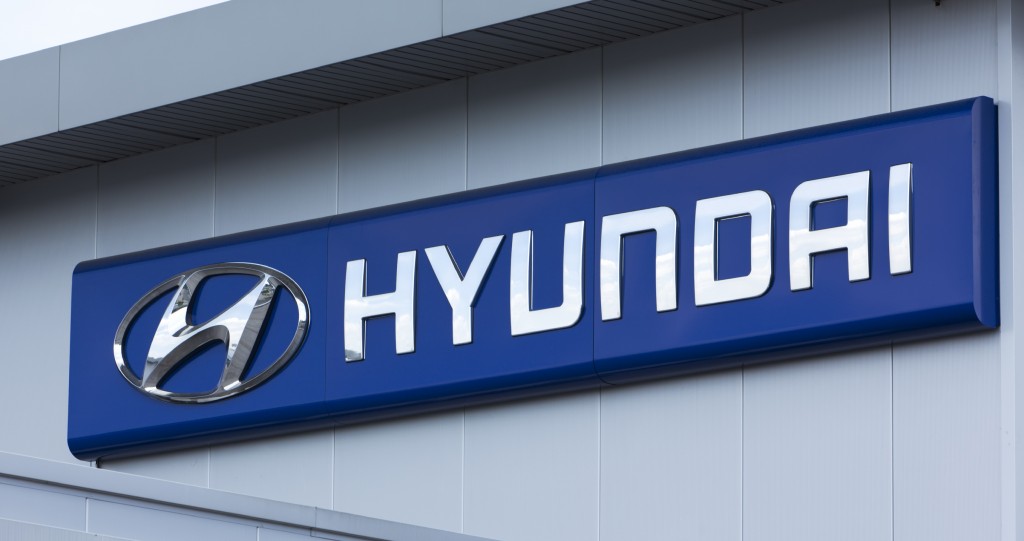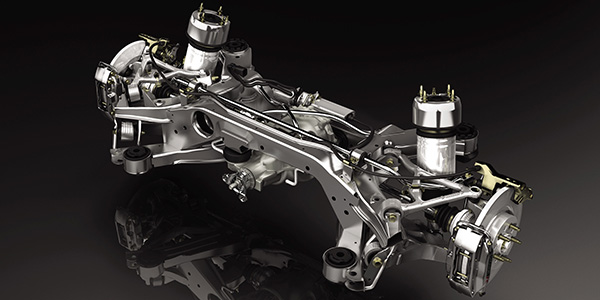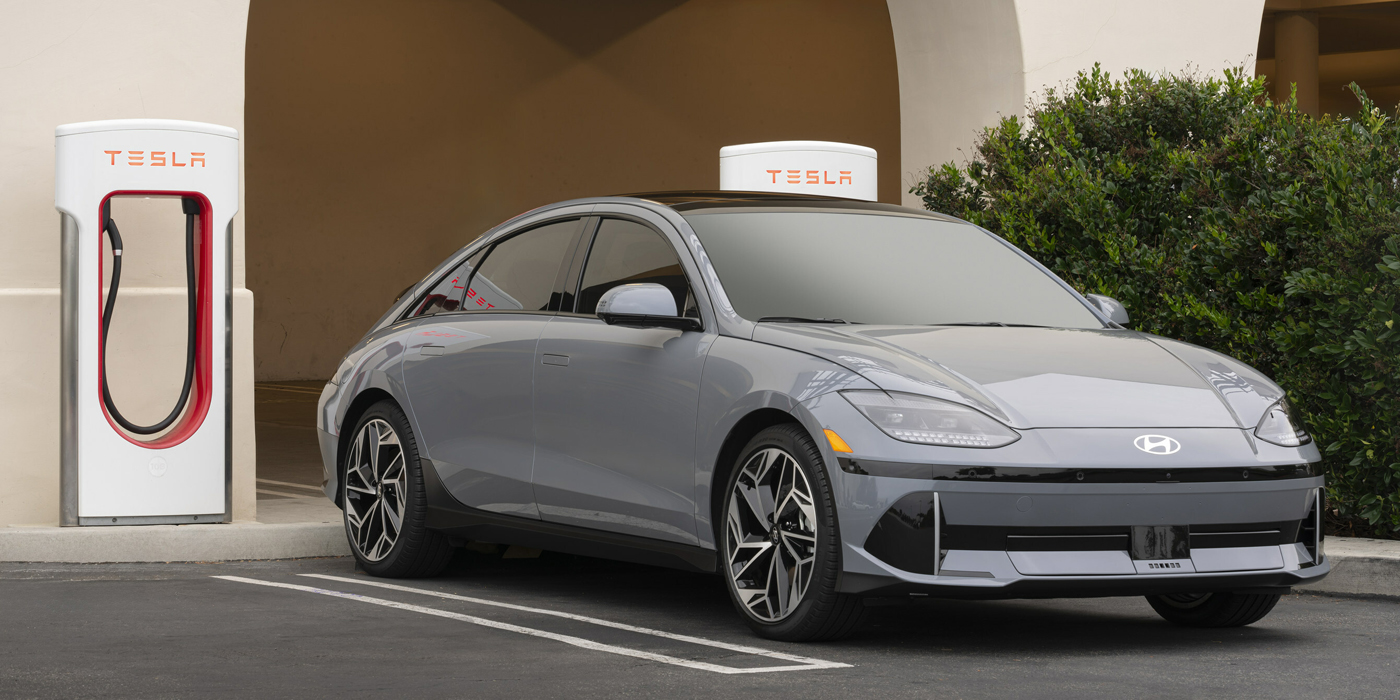Models:
2006-’09 Tucson
2007-’10 Elantra
2007-’08 Tiburon
After performing a thorough analysis of the timing system on these vehicles, Gates engineers have determined a need to highlight proper installation and setup procedures of the timing belt tensioner. This tensioner is a spring-type automatic tensioner with eccentric adjustment for setting the initial tension.
Tension in the drive is increased by rotating the eccentric counterclockwise as indicated by the arrow stamped on the tensioner.
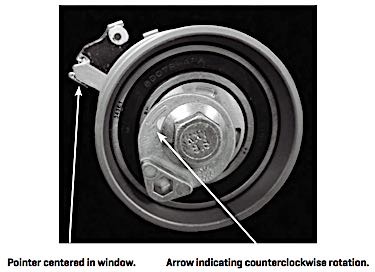 OEM instructions indicate to rotate the eccentric counterclockwise using an Allen wrench until the pointer is centered in the window (see Fig. 1).
OEM instructions indicate to rotate the eccentric counterclockwise using an Allen wrench until the pointer is centered in the window (see Fig. 1).
The instructions then dictate to torque the mounting bolt to the indicated specification. Torque the bolt to 32-40 ft. lbs. on Tucson models, and 17-22 ft. lbs. on Elantra and Tiburon models.
The torque procedure is as follows: Turn the mounting bolt clockwise while applying counterclockwise pressure on the tensioner via the eccentric with an Allen wrench.
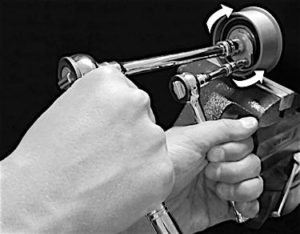 Note: The eccentric will attempt to rotate as the mounting bolt is torqued. Therefore, it is imperative to apply equal counterforce to the eccentric using an Allen wrench while torquing the bolt. (see Fig. 2).
Note: The eccentric will attempt to rotate as the mounting bolt is torqued. Therefore, it is imperative to apply equal counterforce to the eccentric using an Allen wrench while torquing the bolt. (see Fig. 2).
Once the mounting bolt is torqued, verify correct tension in the drive by turning the engine two complete revolutions. If the pointer is still centered in the window, proceed with reassembly. Otherwise, loosen the mounting bolt and repeat the above procedures.
Although this bulletin outlines the procedures for installing and setting up the timing belt tensioner, always verify all manufacturer-recommended procedures and torque specifications, as they are subject to change.
Courtesy of Gates.

